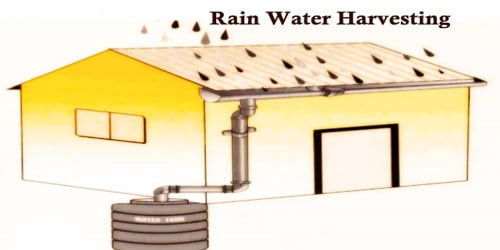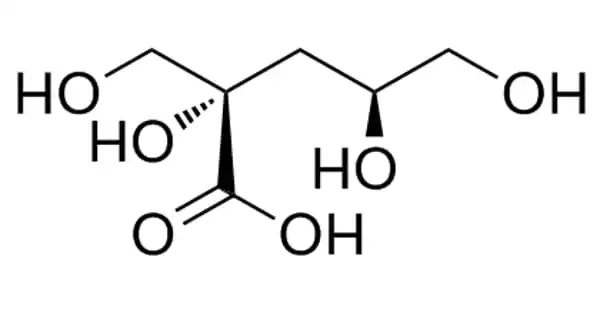Rainwater harvesting is the technique of collecting and storing water to preserve it for future use. The harvested water can be stored for long-term use. Rainwater harvesting is vital as locally available water can meet the demand of water and minimize the overall capital expenditure. Rainwater can be used for domestic, agricultural and industrial purposes.
The rainwater can be purified, filtered and maintained in several ways. The catchment area of rainwater has to be cleaned and the pipes are to be flushed. Initially, the flow of water can be diverted to run off water to waste. The floating draw-off mechanism can be used to obtain an improved quality of water. The presence of contaminants or any kind of waste can affect the quality of water. The contaminants may include air pollution, leaves, sand, dust, bird excrements, etc.
The filtration that removes the contaminants and purifies the water has to be done. The harvested rainwater has to be treated and tested to ensure quality. In industries, the common practice used is pre-filtration to ensure the water directed to the tank is purified. The water supply system should meet the quality of water by applying preliminary filtration measures. Some methods of purifying the water are; solar sterilization, sediment filtration, use of chlorine or iodine, etc. The drinking water can also be purified through RO water purifier systems.
In urban populated areas, good quality water is becoming scarce and costly. Rainwater harvesting in urban areas meets the water supply and prevents the waste of water. Solar PV panels are being used to harvest the rainwater in most parts of the country. Rainwater harvesting is a boon during scarce times. It not only meets the water supply but maintains our environment too.
















